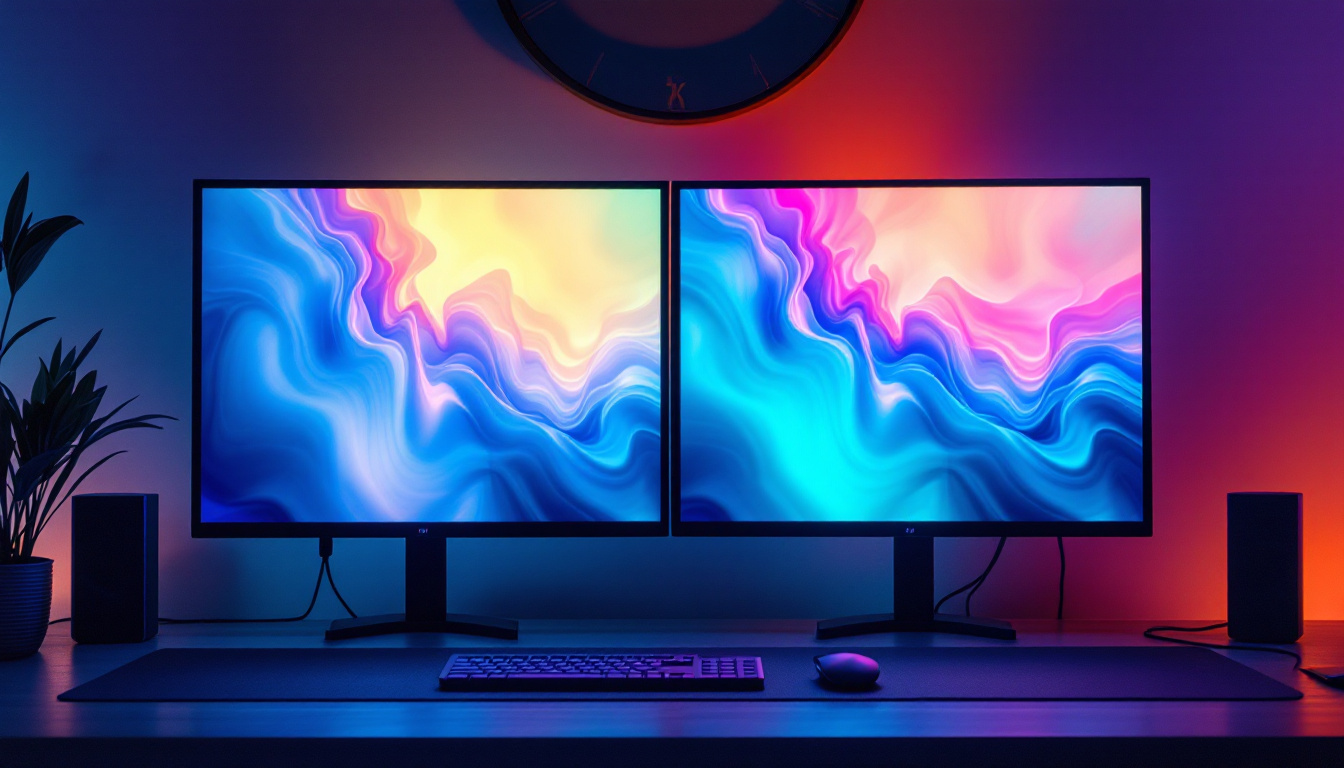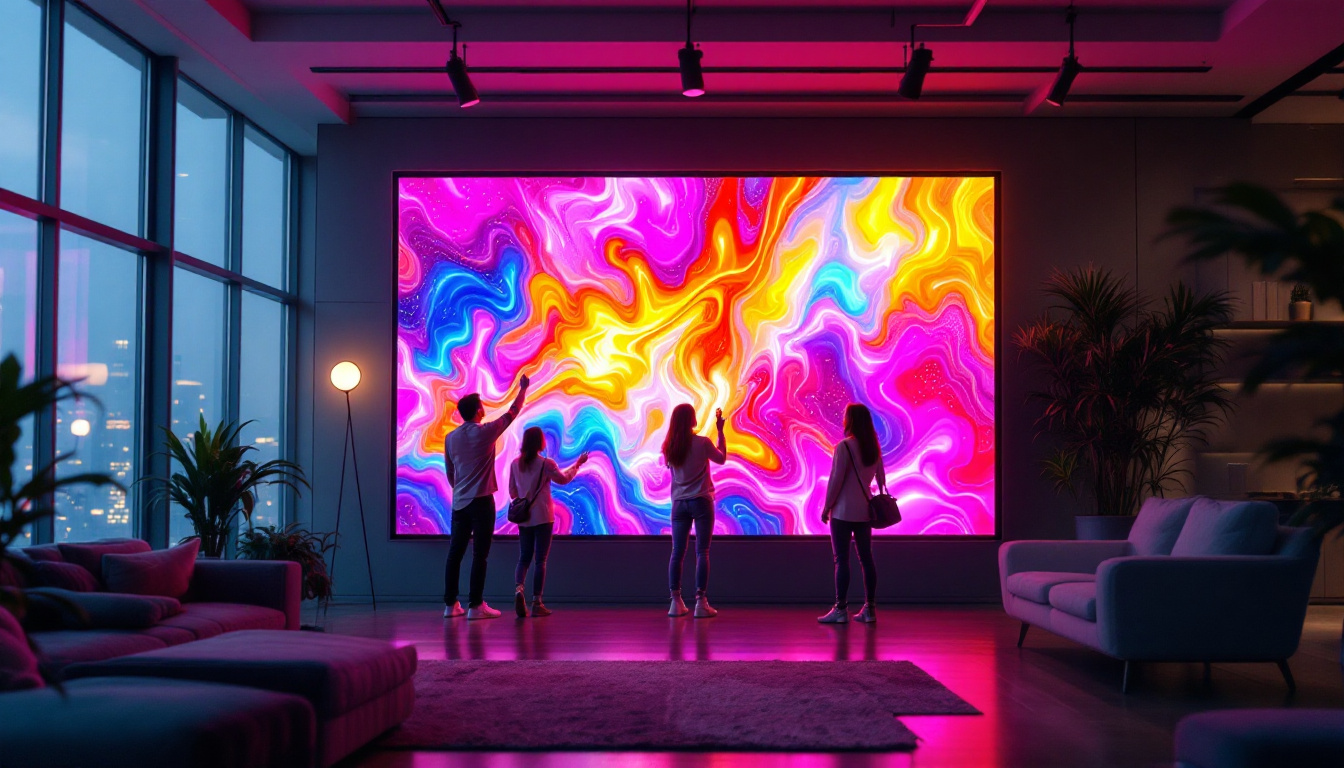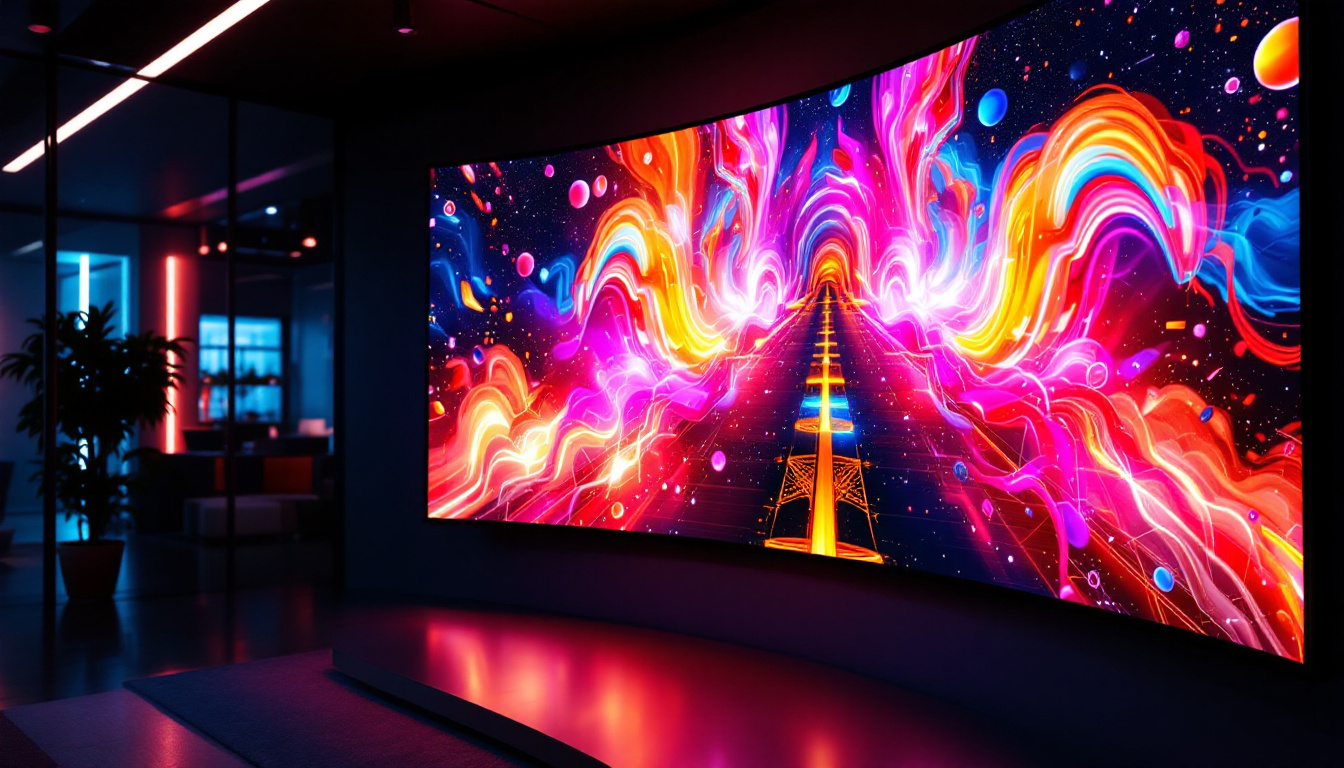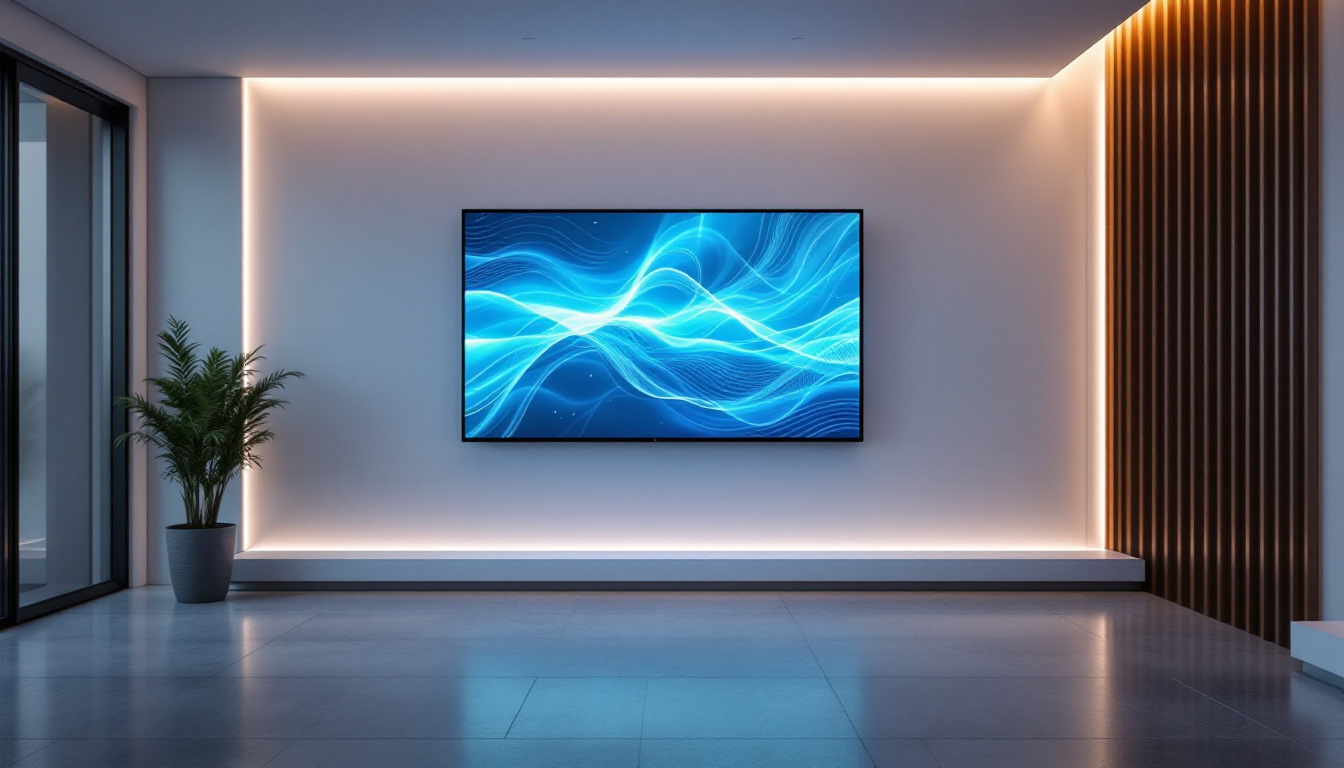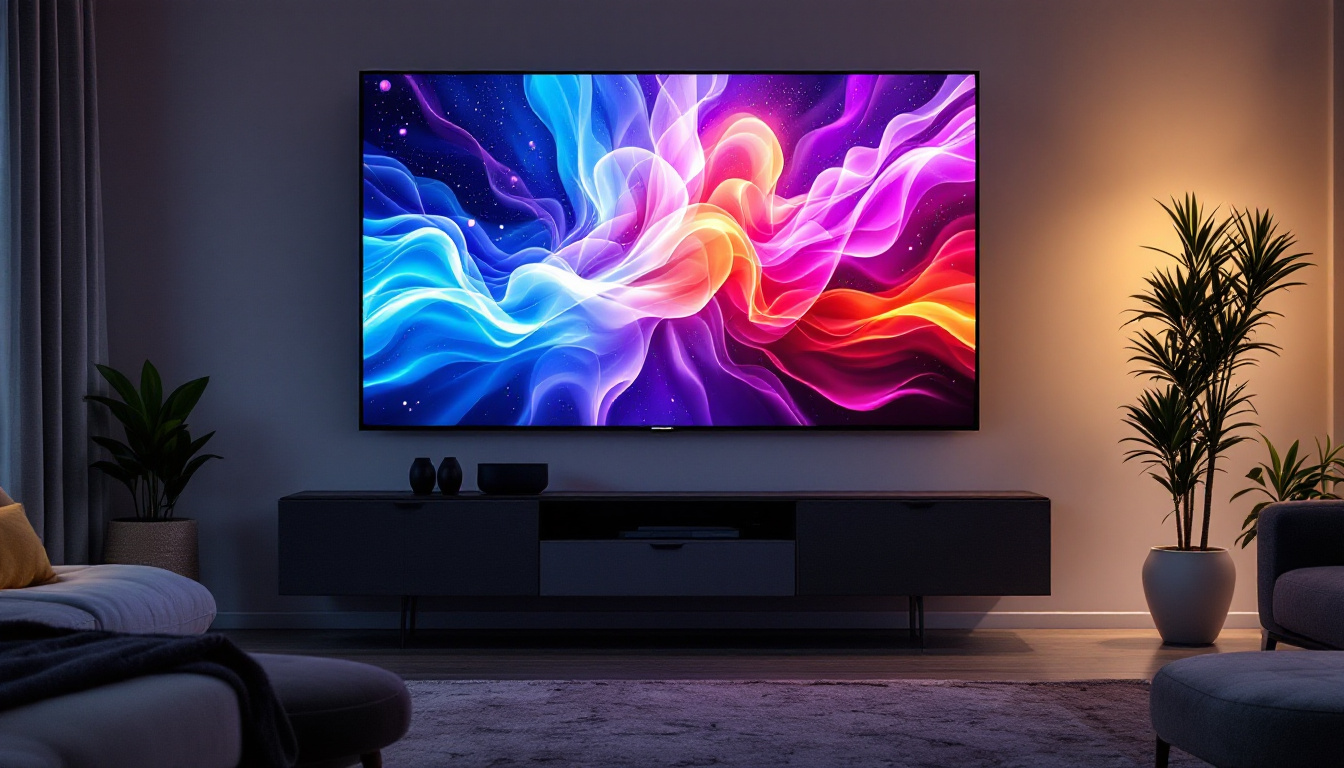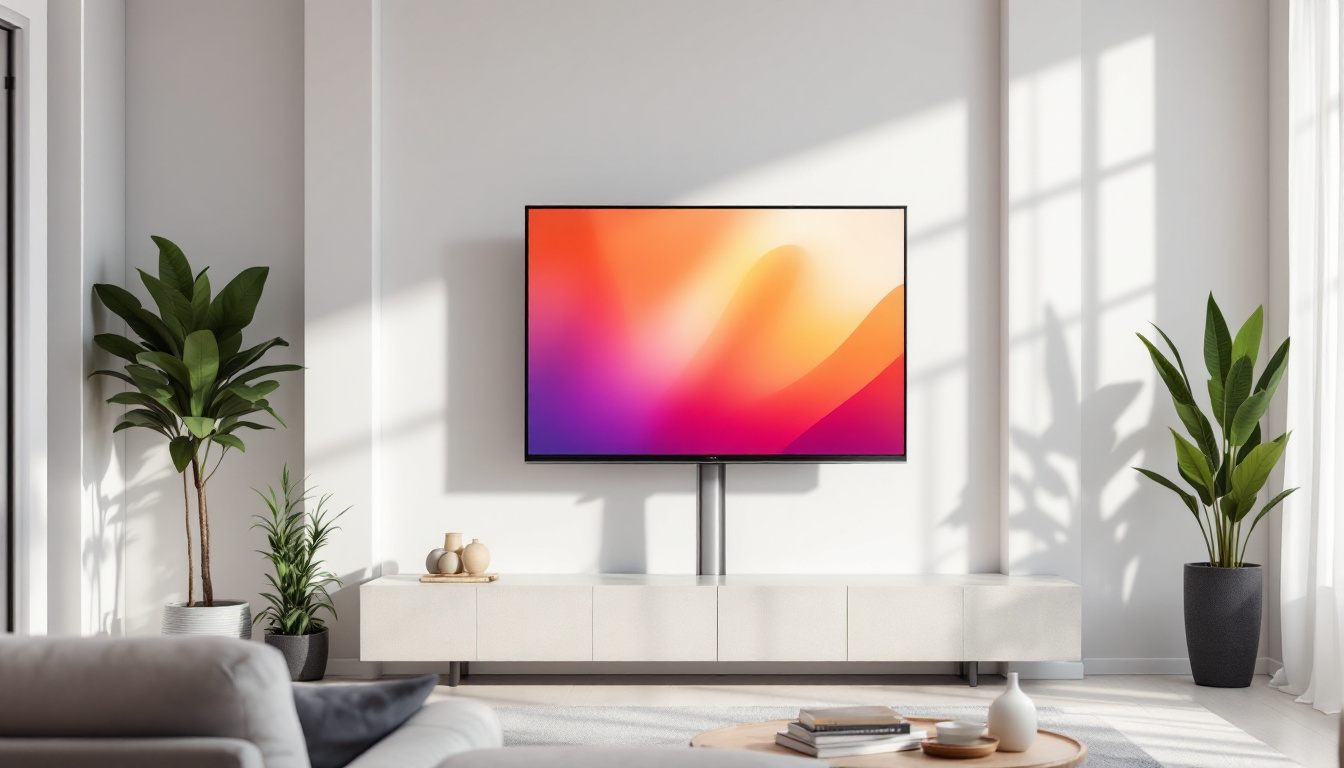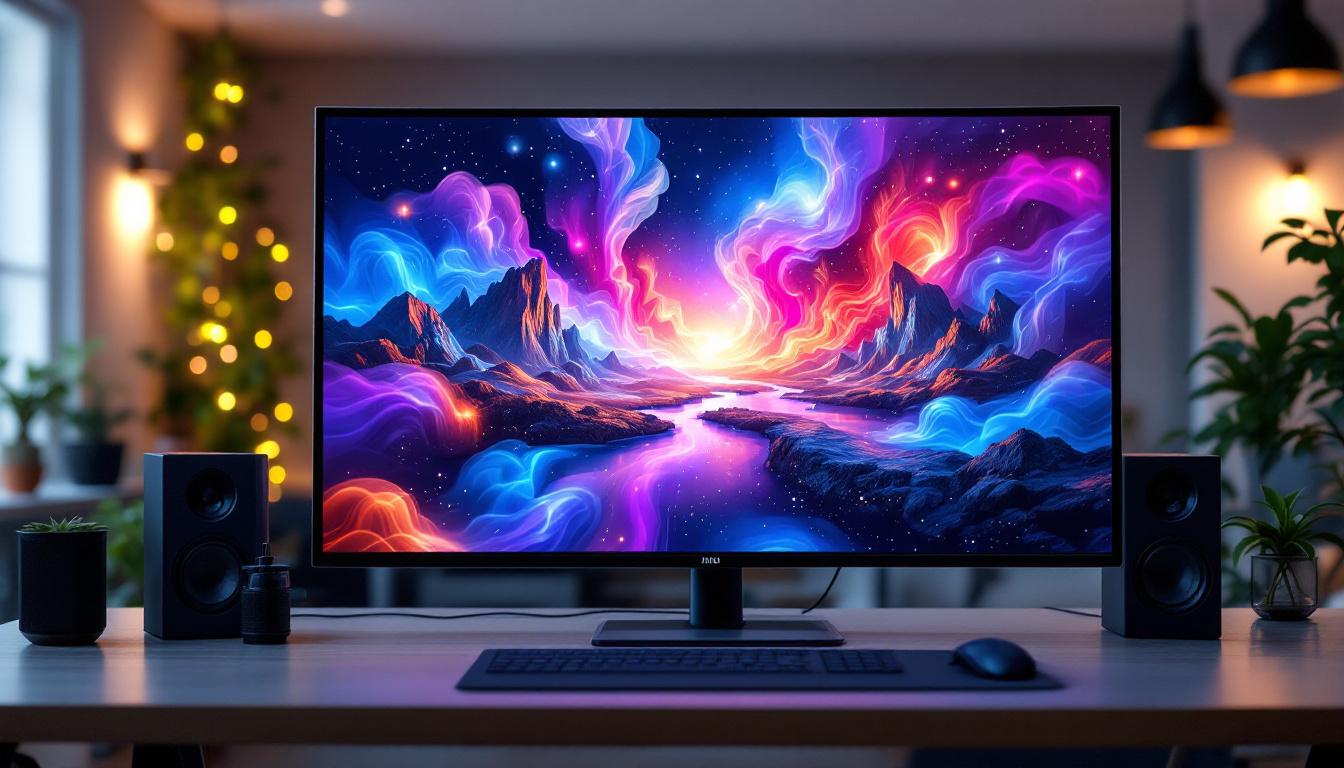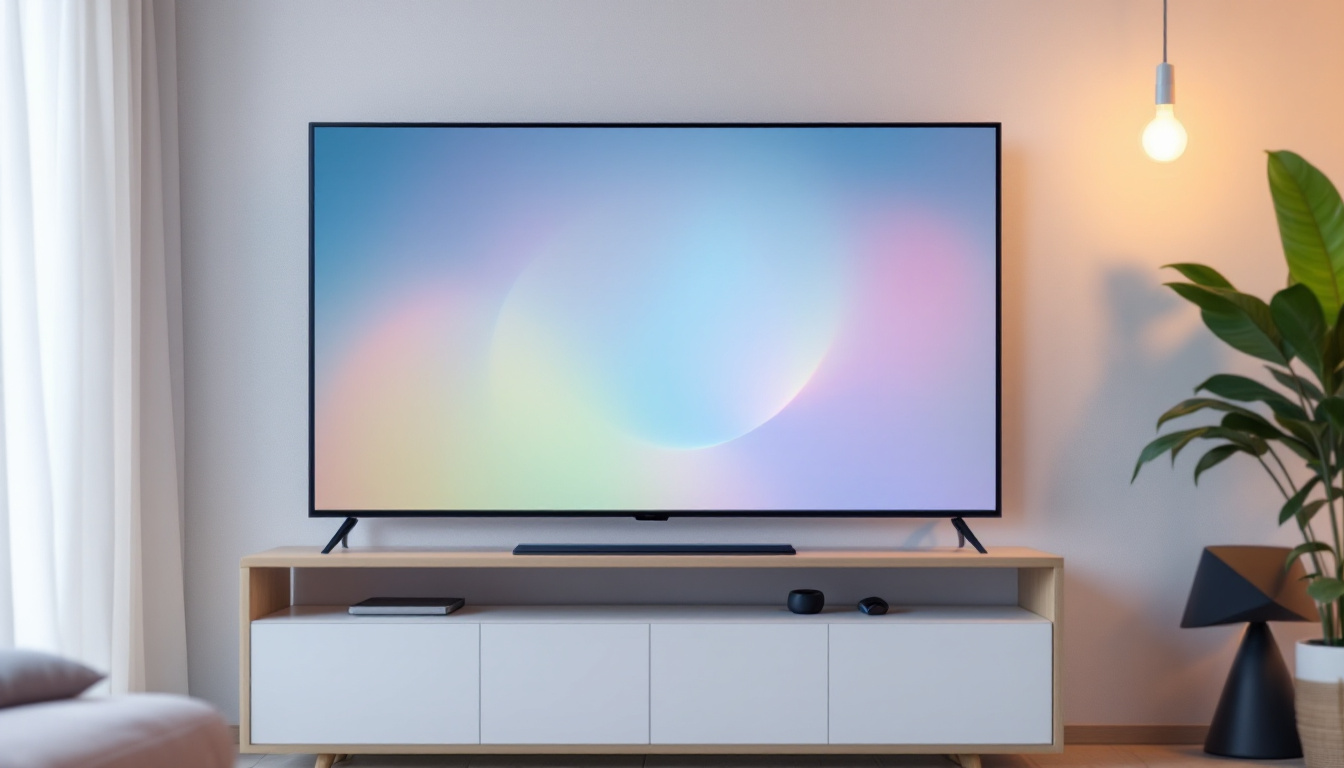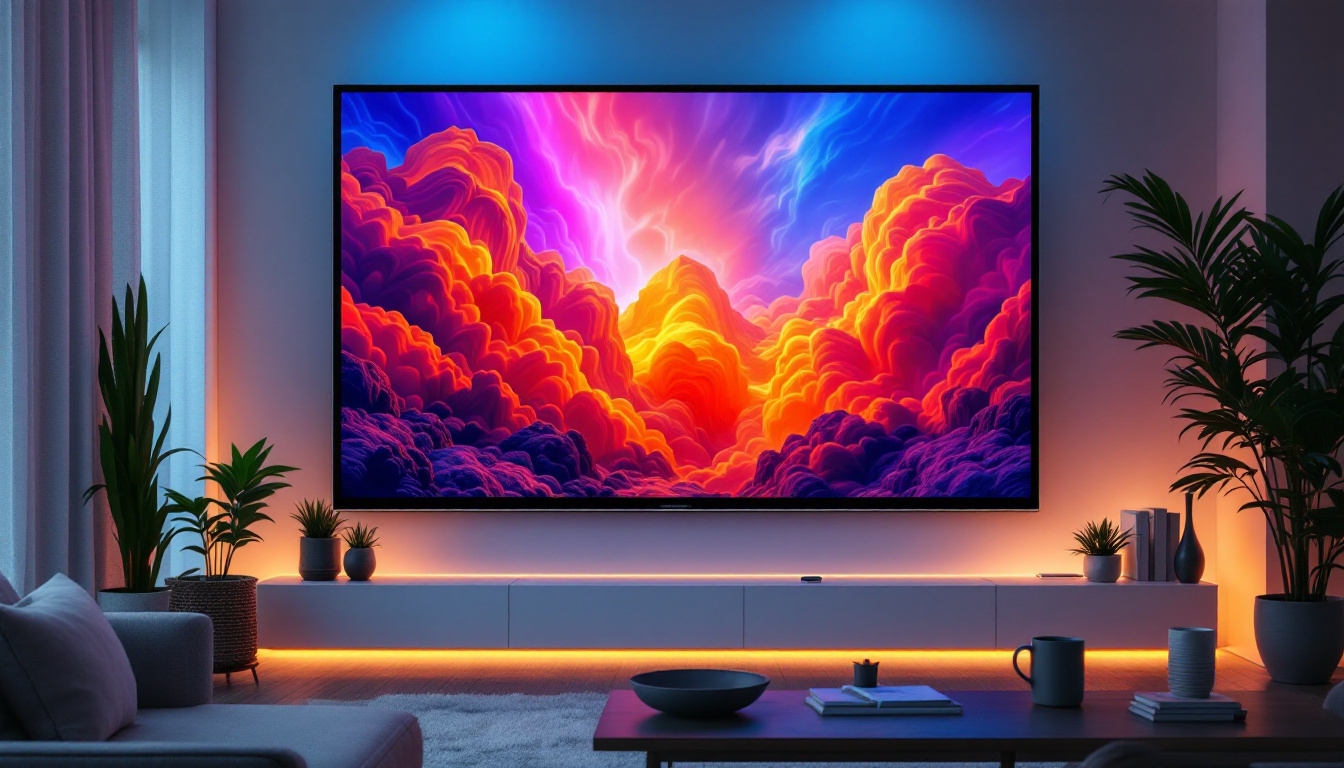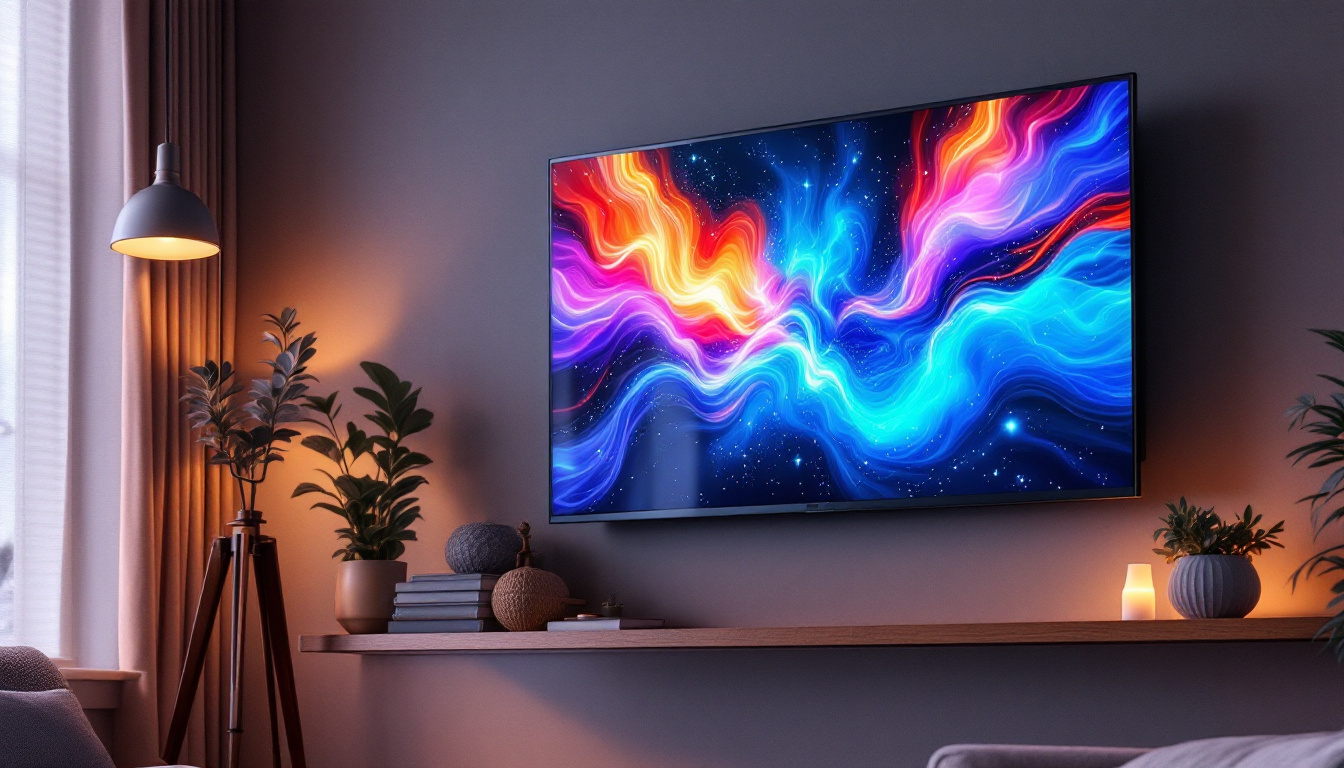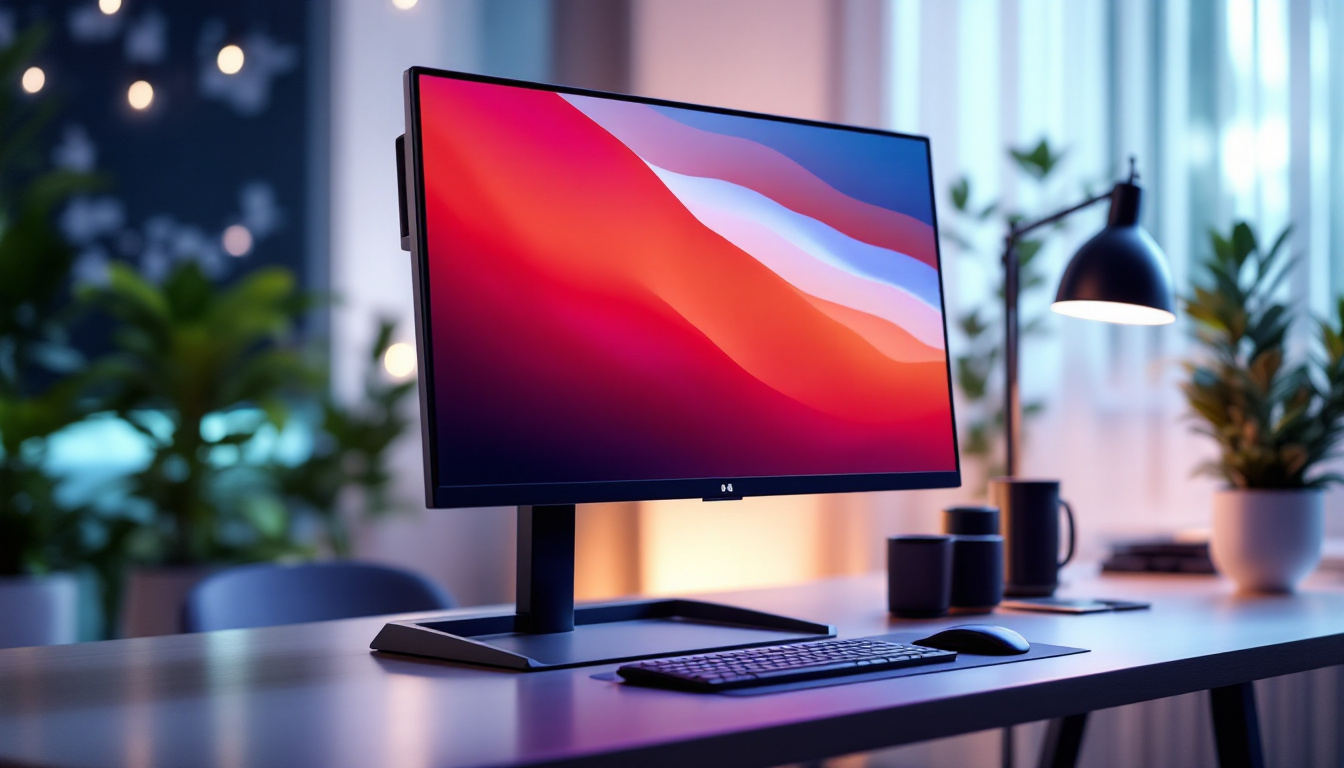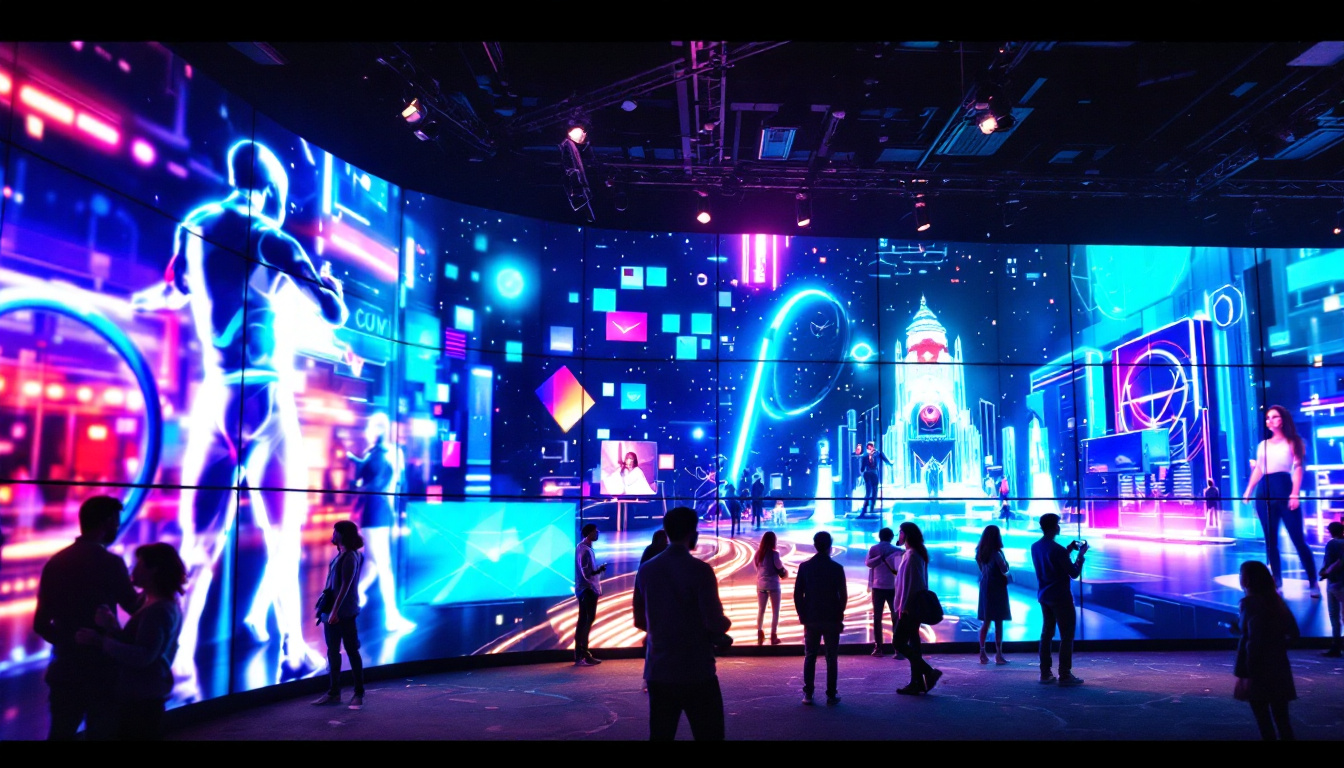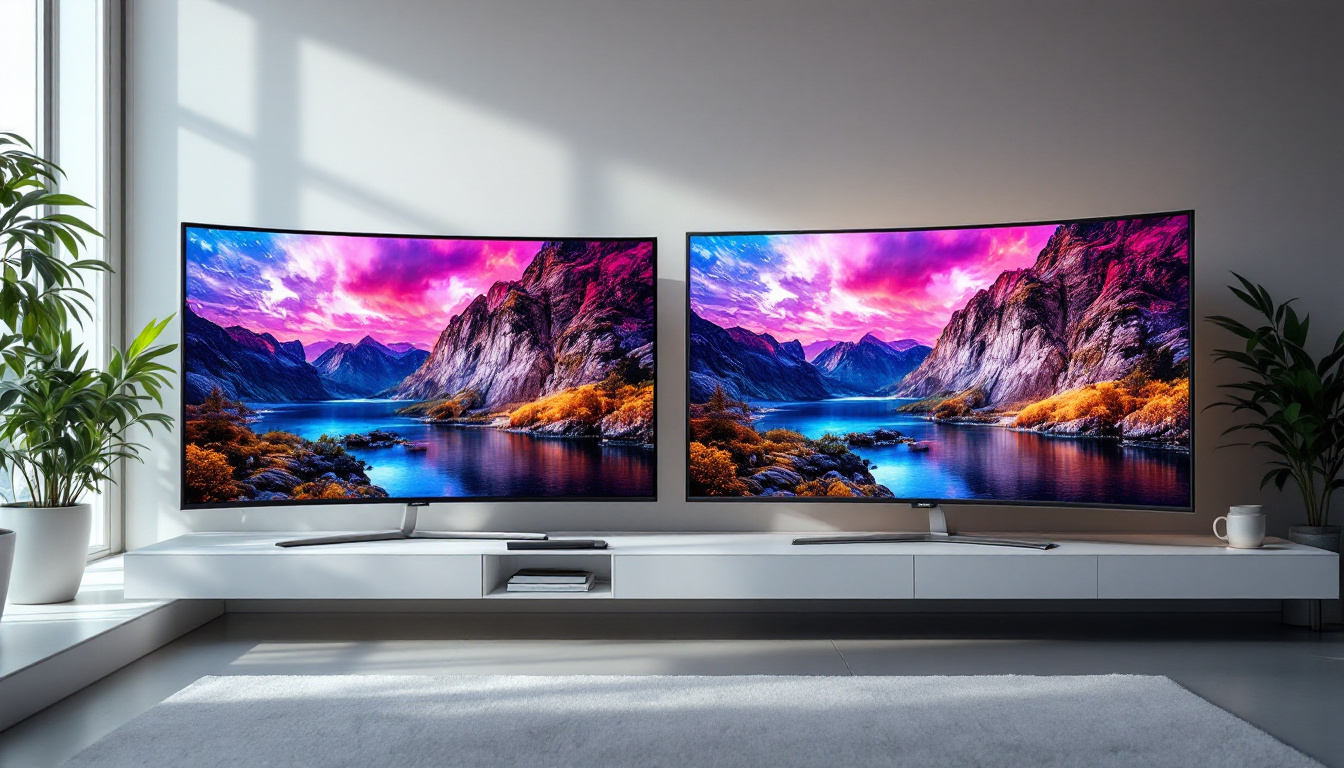In the rapidly evolving world of display technology, understanding the differences between various standards can be crucial for consumers and professionals alike. DisplayPort, a digital display interface developed by the VESA (Video Electronics Standards Association), has undergone significant advancements over the years. This article will delve into the differences between DisplayPort 1.4 and DisplayPort 2.0, with a particular focus on how these technologies impact LED displays.
Understanding DisplayPort Technology
DisplayPort is designed to connect a video source to a display device, such as a monitor or television. It supports high resolutions and refresh rates, making it a preferred choice for gamers and professionals who require high-quality visuals. The evolution of DisplayPort technology has introduced various features that enhance user experience, including support for multiple displays, audio transmission, and advanced color profiles. With its versatility, DisplayPort has become an essential component in modern computing environments, catering to a wide range of applications from casual gaming to professional video production.
Moreover, DisplayPort’s ability to transmit audio alongside video signals simplifies the setup process, reducing the number of cables needed for a clean and organized workspace. This feature is particularly beneficial in home theater systems, where users can enjoy immersive sound without the hassle of additional wiring. The technology also supports daisy chaining, allowing multiple monitors to be connected in series from a single DisplayPort output, which is a significant advantage for users who require expansive screen real estate for multitasking or creative work.
The Evolution of DisplayPort Versions
The transition from DisplayPort 1.4 to 2.0 marks a significant leap in capabilities. DisplayPort 1.4, released in 2016, brought improvements such as support for 8K resolution at 60Hz and High Dynamic Range (HDR) content. It also introduced Display Stream Compression (DSC), which allows for higher resolutions without compromising bandwidth. This compression technology is crucial for maintaining image quality while transmitting large amounts of data, making it easier for devices to support higher resolutions without requiring excessively high bandwidth connections.
DisplayPort 2.0, launched in 2020, takes these advancements further. It supports up to 16K resolution at 60Hz with DSC, and it can handle multiple 4K displays simultaneously. This version is designed to meet the demands of future display technologies, including virtual reality and ultra-high-definition gaming. The increased bandwidth of DisplayPort 2.0, which can reach up to 80 Gbps, enables richer visual experiences, such as more detailed textures and smoother frame rates, which are essential for immersive gaming and professional applications that rely on precision and clarity.
Key Features of DisplayPort 1.4
DisplayPort 1.4 brought several noteworthy features to the table. One of the most significant was its ability to handle 8K resolution at 60Hz, which was a game-changer for professionals in fields such as video editing and graphic design. Additionally, it supports HDR, allowing for a wider color gamut and improved contrast ratios. This capability is particularly important for content creators who need to ensure that their work appears vibrant and true to life across different devices and platforms.
Another critical feature of DisplayPort 1.4 is its support for Adaptive Sync technology, which helps eliminate screen tearing during gaming. This feature ensures a smoother gaming experience, making it popular among gamers who demand high performance from their displays. Furthermore, DisplayPort 1.4 also supports Forward Error Correction (FEC), which enhances the reliability of the signal transmission, ensuring that users experience minimal disruptions during critical tasks. This combination of features makes DisplayPort 1.4 a compelling choice for anyone looking to maximize their visual experience, whether for work or play.
DisplayPort 2.0: A Game Changer
With the introduction of DisplayPort 2.0, the capabilities of display technology have dramatically increased. This version is not just an incremental update; it represents a fundamental shift in how displays can be utilized. The increased bandwidth allows for more data to be transmitted simultaneously, which is essential for high-resolution displays.
Increased Bandwidth and Resolution Support
One of the standout features of DisplayPort 2.0 is its ability to support up to 80 Gbps of bandwidth. This is a significant increase from the 32.4 Gbps offered by DisplayPort 1.4. This higher bandwidth is crucial for supporting multiple high-resolution displays, making it ideal for professionals and gamers who require the best possible visual experience.
DisplayPort 2.0 can support resolutions up to 16K at 60Hz with DSC, enabling a level of detail that was previously unattainable. This capability is particularly beneficial for industries that rely on ultra-high-definition content, such as film production and scientific visualization. Imagine editing 16K video footage or rendering intricate 3D models with unparalleled clarity and precision. The ability to work with such high resolutions not only enhances productivity but also opens up new creative possibilities for designers, artists, and engineers alike.
Multi-Stream Transport (MST) Enhancements
Another significant improvement in DisplayPort 2.0 is its enhanced Multi-Stream Transport (MST) capabilities. MST allows multiple displays to be connected to a single DisplayPort output, simplifying the setup for multi-monitor configurations. With DisplayPort 2.0, users can connect up to four 4K displays or even two 8K displays from a single port, making it a versatile choice for both workstations and gaming setups.
This flexibility is particularly advantageous for gamers who often utilize multiple screens for an immersive experience, as well as for professionals who require extensive screen real estate for multitasking. Imagine a financial analyst monitoring real-time data across several displays or a game developer testing their creations on various resolutions and configurations simultaneously. The enhanced MST capabilities not only streamline the user experience but also reduce cable clutter, making for a cleaner and more organized workspace. Additionally, with DisplayPort 2.0’s support for daisy-chaining, users can further expand their display setups without the need for additional graphics cards or complex configurations, making it an attractive option for those looking to maximize their productivity and visual experience.
Comparing Features: DisplayPort 1.4 vs. 2.0
When comparing DisplayPort 1.4 and 2.0, several key differences emerge that can influence purchasing decisions. Understanding these differences can help consumers choose the right technology for their needs.
Resolution and Refresh Rate
DisplayPort 1.4 supports 8K resolution at 60Hz, which is impressive but limited compared to what DisplayPort 2.0 offers. The latter can support 16K resolution at 60Hz, making it a more future-proof option for those looking to invest in high-end displays. Additionally, DisplayPort 2.0’s ability to handle multiple 4K displays simultaneously is a significant advantage for users who require extensive screen real estate.
Bandwidth and Performance
The bandwidth difference between the two versions is another critical factor. DisplayPort 1.4’s 32.4 Gbps bandwidth can be limiting, especially when dealing with high resolutions and refresh rates. In contrast, DisplayPort 2.0’s 80 Gbps bandwidth allows for a more seamless experience, particularly in scenarios involving high frame rates and multiple displays.
Compatibility and Use Cases
While DisplayPort 2.0 offers superior capabilities, it is essential to consider compatibility with existing hardware. DisplayPort 1.4 is widely supported across various devices, making it a practical choice for many users. However, as DisplayPort 2.0 becomes more prevalent, it will likely become the standard for new devices, particularly in gaming and professional environments.
Impact on LED Displays
The advancements in DisplayPort technology have a direct impact on LED displays, which are increasingly popular in both consumer and professional markets. Understanding how these changes affect LED technology can help consumers make informed decisions about their display setups.
Enhanced Color and Brightness
One of the most significant advantages of using DisplayPort 2.0 with LED displays is the improved color accuracy and brightness. With support for higher bandwidth, DisplayPort 2.0 can transmit more color information, resulting in richer and more vibrant images. This is particularly important for professionals in creative fields, where color accuracy is paramount.
Additionally, the support for HDR content in both DisplayPort 1.4 and 2.0 enhances the viewing experience by providing deeper blacks and brighter whites. This capability is especially beneficial for LED displays, which can take full advantage of the increased dynamic range.
Future-Proofing Your Setup
Investing in DisplayPort 2.0 technology can future-proof a display setup, especially as more content becomes available in higher resolutions and frame rates. As gaming and multimedia content continue to evolve, having a display interface that can keep up with these changes is essential.
For consumers looking to purchase new LED displays, opting for models that support DisplayPort 2.0 can ensure compatibility with future technologies, providing peace of mind for years to come.
Conclusion: Making the Right Choice
Choosing between DisplayPort 1.4 and 2.0 ultimately depends on individual needs and future plans. For users who require high resolutions and refresh rates, DisplayPort 2.0 offers a compelling advantage with its increased bandwidth and support for multiple displays. However, DisplayPort 1.4 remains a solid choice for many users, particularly those with existing hardware that may not support the latest technology.
As display technology continues to advance, understanding the differences between these standards will be crucial for consumers and professionals alike. Whether for gaming, content creation, or general use, the right DisplayPort version can significantly enhance the display experience.
In conclusion, both DisplayPort 1.4 and 2.0 have their unique strengths, but the advancements in DisplayPort 2.0 position it as the future of display technology. Investing in the latest standards ensures that users can enjoy the best visual experience possible, paving the way for a more immersive and engaging digital world.
Explore the Future of Visual Experience with LumenMatrix
As you consider the benefits of DisplayPort 1.4 and 2.0 for your LED display needs, remember that the right technology can transform your visual experience. LumenMatrix, a pioneer in LED display technology, offers a comprehensive range of solutions tailored to meet your demands for high-quality, immersive visuals. From captivating Indoor and Outdoor LED Wall Displays to innovative Custom and All-in-One LED Display solutions, LumenMatrix is committed to enhancing your brand’s visibility and audience engagement. Don’t miss the opportunity to lead the way in digital visual communication. Check out LumenMatrix LED Display Solutions today and step into a world where clarity and impact go hand in hand.

